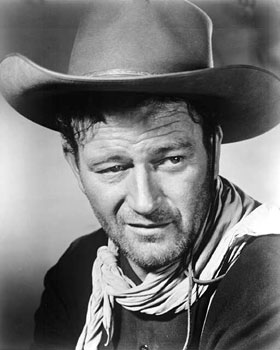What school is best for black people? Brown people? What do you "others" look for in an education? How may we entice you into enhancing our rosters?
Sometimes I feel like UNCA's search for a truly diverse campus, while well-meaning, can become a dangerous thing. When we think that diversity is restricted to visuals like skin color we become a part of the problem. Even when you search the word "diversity" this is the first image to come up:
When they give in to the "collect all five!" mentality people become a commodity to be gained, and they lose their human face. I feel like when we disregard what diversity even encompasses, and stick to a predominantly "white" curriculum, focusing on gathering people of varied skin tones, we will be no more closer to becoming an open-minded campus than we would have otherwise.
Wednesday, February 29, 2012
Wednesday, February 8, 2012
Thoughts on our group discussion questions
5. In the
story "A Drug Called Tradition," the narrator talks about skeletons
that represent the past and the future. How does he describe these
skeletons and how must a young Indian relate to them? What is he saying
about tradition in this selection?
I'd like to begin with my favorite section of this story, the description of the skeletons
This really spoke to me because I took it as a metaphor for the modern American Indian experience, and even someone such as my experience when we consider the events of the past and our future. The skeletons, while seemingly menacing, are with us no matter what. They are neither wholly for good nor for evil, they are what we make of them. I took this to mean the skeletons of our past can be what happened to our ancestors, or what our ancestors inflicted on others.There are things you should learn. Your past is a skeleton walking one step behind you, and your future is a skeleton walking one step in front of you. Maybe you don't wear a watch, but your skeletons do, and they always know what time it is. Now, these skeletons are made of memories, dreams, and voices. And they can trap you in the in-between, between touching and becoming. But they're not necessarily evil, unless you let them be.What you have to do is keep moving, keep walking, in step with your skeletons. They ain't ever going to leave you, so you don't have to worry about that. Your past ain't going to fall behind, and your future won't get too far ahead. Sometimes, though, your skeletons will talk to you, tell you to sit down and take a rest, breathe a little. Maybe they'll make you promises, tell you all the things you want to hear.Sometimes your skeletons will dress up as beautiful Indian women and ask you to slow dance. Sometimes your skeletons will dress up as your best friend and offer you a drink, one more for the road. Sometimes your skeletons will look exactly like your parents and offer you gifts.But, no matter what they do, keep walking, keep moving. And don't wear a watch. Hell, Indians never need to wear a watch because your skeletons will always remind you about the time. See, it is always now. That's what Indian time is. The past, the future, all of it is wrapped up in the now. That's how it is. We are trapped in the now.
The skeletons of the future could be how we use that information and experience given to us. When we are tempted to "slow-dance" with them, we are willingly becoming bogged down by what happened, either something in or out of our control. It can be so easy to lose sight of the here and now when we become overwhelmed with guilt for our ancestors. The fact that Alexie said our skeletons will be with us always I took to meaning that we never leave the past behind, and in some small way this is a comfort.
There is a delicate balance between remembering the past and honoring what happened, but also moving on into the future, and by being reminded of the importance of walking on. "We are trapped in the now."
my favorite part of Smoke Signals
The real humor of this scene to me is when you see the faces of the white passengers on the bus, twisted in confusion. It's like they are taking everything so seriously that they don't even know what to make of the joking song, and so they become frustrated.
(Where are his teeth?)
Subscribe to:
Comments (Atom)


